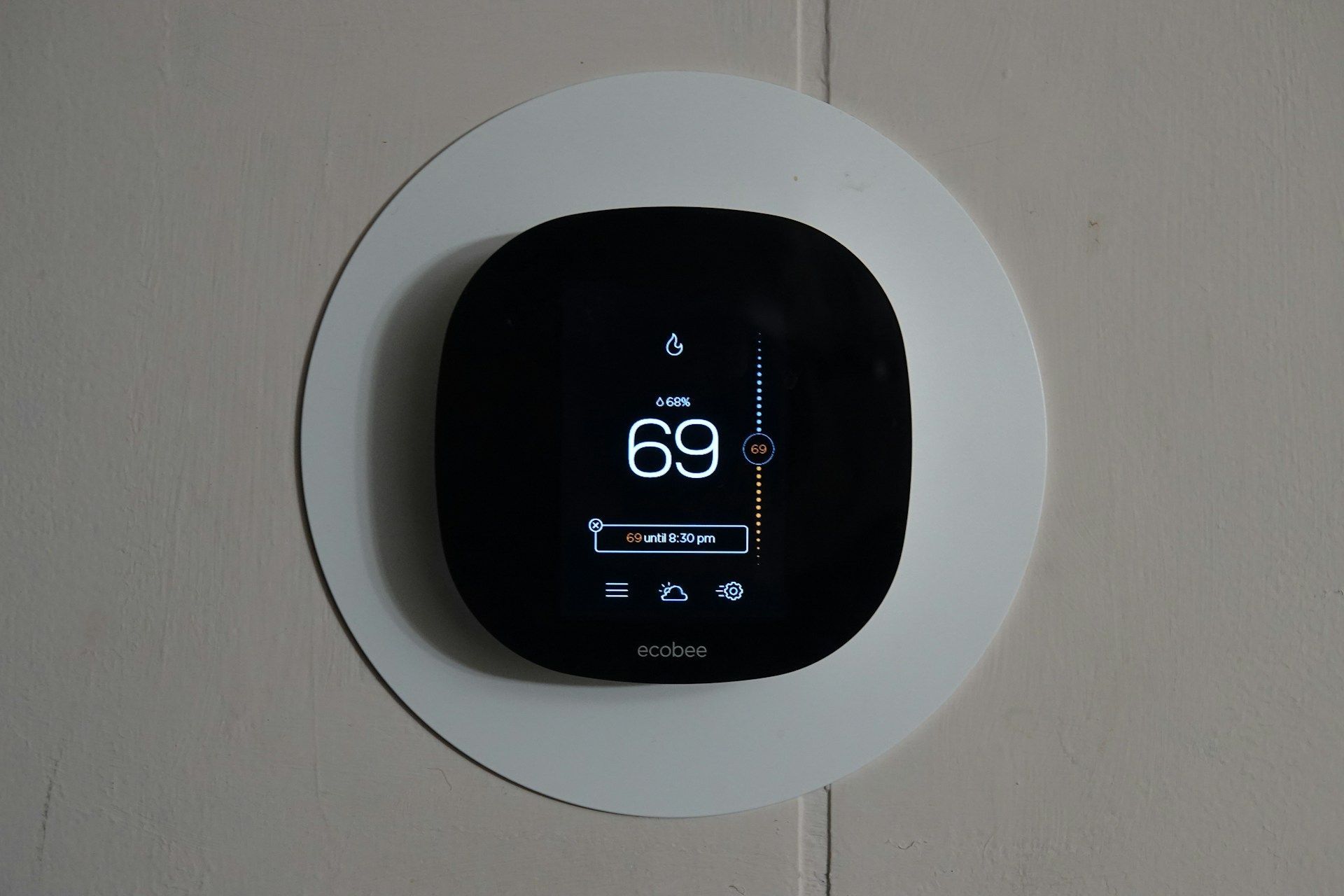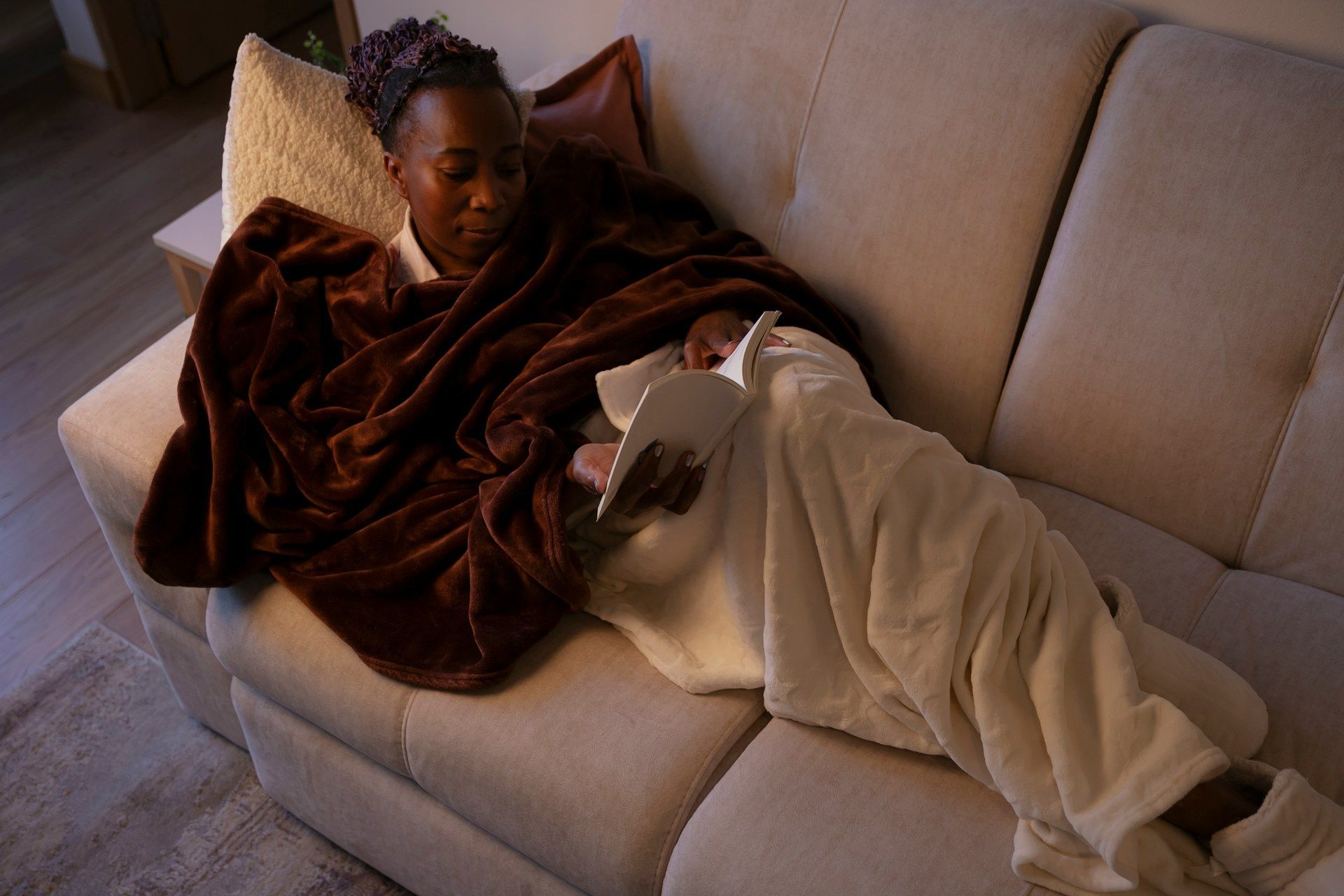What to Check if Your Heater Stops Working: Signs to Know
When the furnace stops working in the middle of a cold snap, it can be frustrating and chilly. However, before calling a professional, there are a few simple checks you can do to potentially solve the issue yourself. Understanding basic troubleshooting can help you get your furnace back up and running without delay.
Sometimes, the problem is as simple as an incorrect thermostat setting or a flipped breaker. These are quick fixes that you can handle on your own. Other times, it might require a deeper look into things like the air filters or the pilot light.
Taking a little time to perform these checks can not only save you money but also help you learn more about your heating system. By knowing what to look for and how to address minor issues, you can keep your home warm and comfortable throughout the cold months.
Check the Thermostat Settings
The thermostat is the brain of your heating system, and a small mistake in its settings can stop your furnace from working. Before taking further steps, give your thermostat a quick check to rule out simple problems.
First, make sure your thermostat is set to "heat" and not "cool." It sounds obvious, but this common oversight can leave you in the cold. After setting it to "heat," adjust the temperature to a setting higher than the current room temperature to prompt the furnace to kick on.
Next, check the batteries in your thermostat. If your thermostat runs on batteries, a simple battery change can solve the problem. Dead batteries can prevent the thermostat from communicating with the furnace.
Additionally, ensure your thermostat is not located near heat sources like lamps or direct sunlight. These heat sources can skew temperature readings, causing the furnace to turn off prematurely.
Finally, review any programmed settings. If your thermostat is programmable, make sure its schedule aligns with when you need heat. Misprogrammed times or temperatures can make it seem like your furnace isn’t working, even when it's just following orders.
Inspect Power Sources and Breakers
A lack of power could be why your furnace isn’t operating. Checking the power sources and breakers can sometimes resolve the issue without needing a professional.
Start by ensuring the furnace switch is in the “on” position. It often looks like a light switch and should be located near the furnace or on the furnace itself. Accidentally flipping it off is a more common mistake than you might think.
Next, look at your circuit breaker panel. Locate the switch for the furnace and make sure it’s not tripped. If it’s in the middle position or "off," reset it by switching it to "off" and then back to "on."
Check any fuses for the furnace if your home uses them. A blown fuse can prevent the furnace from running. Replace the fuse with one that has the same rating if necessary.
Lastly, make sure the furnace door is closed securely. Many furnaces have safety switches that prevent operation if the door isn’t properly latched, cutting off the power to the furnace.
By following these steps, you can often restore power to your furnace and get your home warm again in no time.
Examine Air Filters and Vents
A blocked air filter or vent can cause your furnace to act up. These components are essential for clean air flow, which is vital for the heating system to work efficiently. Regular checks and maintenance can prevent issues caused by clogs or blockages.
Start by locating the air filter, usually found near your furnace or inside the air return. Pull it out and check its condition. If you can’t see through the filter or if it appears dirty, it’s time to replace it. A clean filter is crucial for proper airflow and keeps your furnace running smoothly.
Next, walk around your home and check all the vents. Make sure each vent is fully open and not blocked by furniture or other objects. Even a partially blocked vent can reduce airflow and strain your system.
Besides decreased efficiency, dirty filters and blocked vents can cause heating unevenly in your home. This means some rooms might feel much colder than others. Consistently clean filters provide better air quality and extend the life of your furnace.
Investigate the Pilot Light or Ignition System
The pilot light or ignition system is another common source of furnace problems. If your furnace doesn’t light or heat, it’s worth checking these components.
For older systems with a pilot light, make sure it is lit. You should see a small, steady blue flame. If it’s out, try relighting it following your furnace’s instructions. No flame or difficulty in keeping it lit may mean a clog in the pilot opening or a problem with the gas supply.
Modern furnaces usually use an electronic ignition system. If your furnace isn’t starting up, try resetting the ignition following the manufacturer's guidelines. A faulty ignition sensor might also be the cause, which usually requires cleaning or replacement.
If you smell gas or suspect a gas leak, leave your home and contact a professional immediately. Gas leaks are dangerous and need immediate attention.
Keeping an eye on the pilot light or ignition ensures your furnace operates safely and effectively, providing the warmth you need during cold months.
Conclusion
Keeping your furnace in top shape doesn't have to be complicated. By checking the thermostat, inspecting power sources, examining filters and vents, and investigating the pilot light or ignition system, you can often fix issues on your own. Regular maintenance is key to a healthy heating system, which helps it run efficiently and extends its life.
Knowing these troubleshooting steps also prepares you for unexpected cold nights. While you might be able to solve many issues without help, some repairs or problems should be handled by professionals. If these checks don't resolve the issue, calling in experts ensures your safety and comfort remains intact.
If you find that your furnace troubles are beyond a quick fix, Anytime Heating & Air is here to help. Our team of skilled technicians can diagnose more complex issues and provide reliable heating solutions, so you stay warm all winter. Reach out to us for all your heating needs and experience worry-free warmth.


